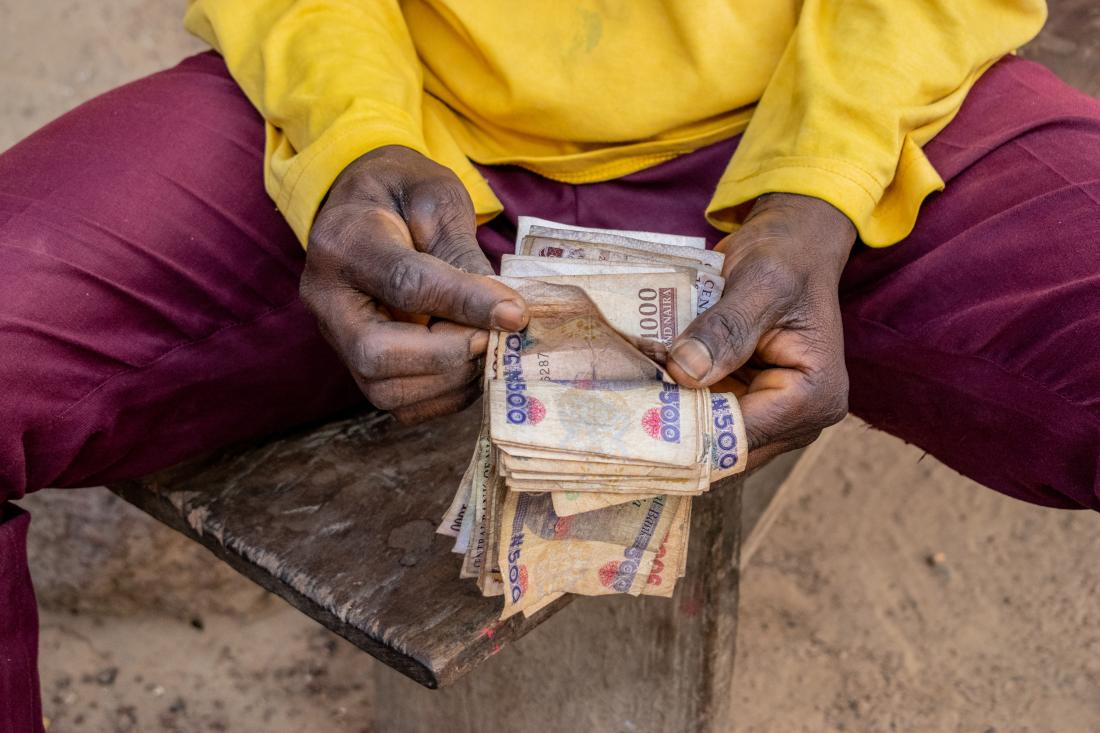Improving Economic Outcomes and Well-being through Unconditional Cash Transfers and Goal-Setting in Kenya
- Men and boys
- Rural population
- Women and girls
- Families and households
- Earnings and income
- Employment
- Self-employment
- Aspirations
- Attitudes and norms
- Mental health
- Cash transfers
- Training
- Conditional cash transfers
- Unconditional cash transfers
- Psychosocial support
Previous research has shown that people living in poverty are more likely to experience psychological constraints, such as lower aspirations, goals, and beliefs about their ability to act effectively, which partly arise from the difficulties of living in extreme poverty. Researchers are partnering with GiveDirectly to conduct a randomized evaluation of the impact of unconditional cash transfers and an aspirations and goal-setting intervention on the economic and psychological outcomes and behaviors of poor households in western Kenya.
Policy issue
Research has shown that people living in poverty are more likely to experience a range of psychological barriers that might constrain economic success. These barriers may include lower aspirations and goals, a perception that their actions have limited impacts on their circumstances, time inconsistent preferences, as well as a lack of information about the potential for high-return investments. Unconditional cash transfers are an effective and increasingly popular approach to lifting households out of poverty, but households may benefit from additional support to maximize the impact of receiving cash.
Previous research suggests that it is possible to intervene to alleviate some of the psychological constraints of poverty. In other work, researchers have shown that interventions that shift aspirations (the way people think about their own future opportunities) can have long-term positive effects on their investments in their children’s education, in livestock and other assets, improved agricultural inputs, and on lifetime consumption. This evaluation, which tests a similar program, will identify whether a low-cost aspirations and goal-setting intervention delivered at a crucial decision point––when cash transfers are distributed––can enhance the economic returns to the cash transfer.
Context of the evaluation
GiveDirectly, the partner in this study, is a nonprofit organization operating in East Africa that helps families living in extreme poverty by sending them unconditional cash transfers via mobile phone. GiveDirectly transfers funds to people in Kenya, Uganda, and Rwanda.
This evaluation took place in parts of Homa Bay and Siaya counties in western Kenya among poor rural households. Under GiveDirectly’s eligibility criteria, participants must be adults living in a rural area and who meet a location specific poverty criterion.

Details of the intervention
Researchers partnered with GiveDirectly to conduct a randomized evaluation of unconditional cash transfers and a low-cost aspirations and goal-setting intervention-individually and in combination-on the economic and psychological outcomes of participants.Four hundred and sixteen villages were randomly assigned to one of the following four groups:
- Unconditional cash transfer and placebo intervention
- Unconditional cash transfer and aspirations and goal-setting intervention
- Aspirations and goal-setting intervention only
- Comparison group: placebo intervention only
The interventions are as follows:
Unconditional cash transfers: Households participated in GiveDirectly’s standard cash transfer program. GiveDirectly first censused all households in a village to determine eligibility for cash transfers. Then, all eligible recipients were offered a mobile money account and a mobile phone if they did not already have one. Cash transfer recipients received three mobile money transfers, each roughly two months apart: a small token transfer of US$100, a large transfer of US$500, and a final large transfer of US$500 (minus the price of the mobile phone, if they are provided one).
Aspirations and goal-setting intervention: Households participated in a group-based intervention consisting of three components that focus on aspirations and goal setting. In cash transfer villages, this program was conducted around the time that cash transfers are distributed. First, participants watched two back-to-back videos which narrate life stories of two role models with socio-economic backgrounds similar to the audience and model specific behaviors and mindsets. The videos described how the role models became successful, the obstacles they faced, and the lessons they drew from their experiences. The role models were also shown performing goal-setting exercises. Following the video, participants engaged in an hour-long facilitated goal-setting exercise where they imagined their lives in the next five years “if everything went as well as it possibly could.” They worked with discussion leaders to set clear and achievable goals, and to plan how to overcome obstacles. Finally, they also received a calendar depicting the movie role models, and stickers (to represent goals), which they were encouraged to put on the calendar as reminders of their goals.
Placebo intervention: Households participated in an exercise that mimicked the aspirations and goal-setting intervention, but did not address either aspirations or goal setting. This placebo intervention followed the same format as the psychological intervention focused on aspirations and goal setting, including a video, an exercise, and a calendar. However, the videos were missing the motivating role model, aspirations, and goal setting components. For example, the placebo video included at least one shot of every scene and person from the other videos, but they excluded any characters, insightful narratives, or shots of people conveying obvious emotion.
Researchers conducted three surveys: an initial survey of participants, a survey around the time of the video intervention, and a survey 18-24 months after the initial survey was conducted.
Results and policy lessons
Evaluation ongoing; results forthcoming.
